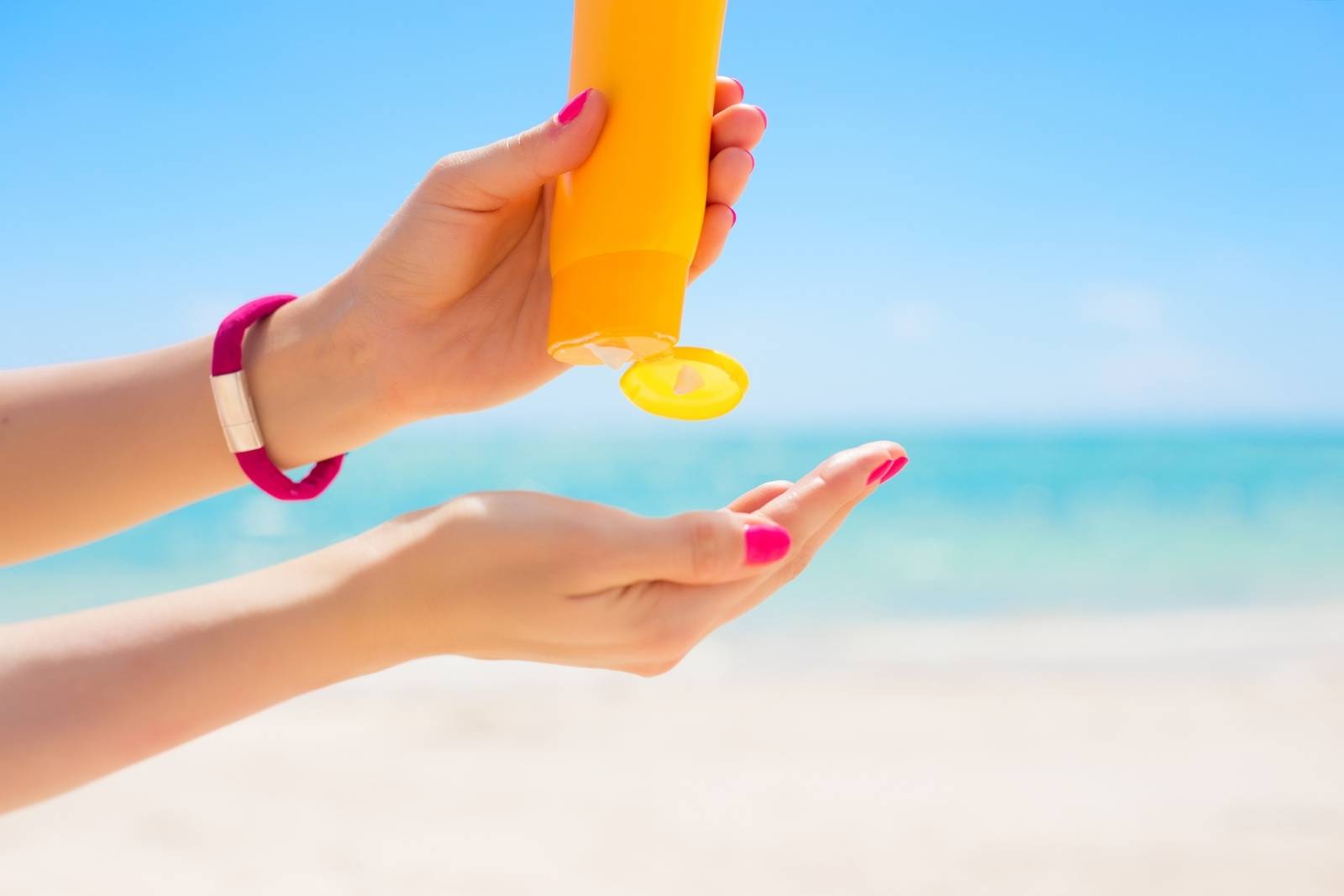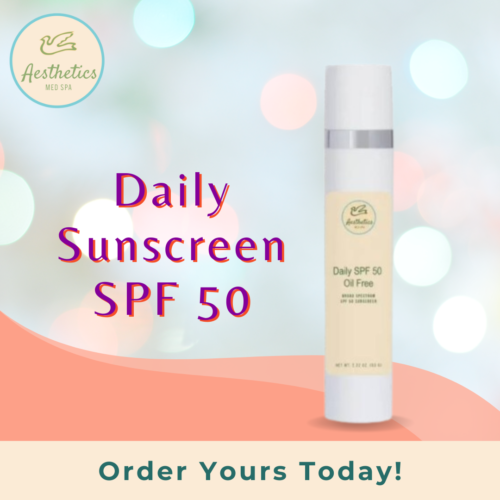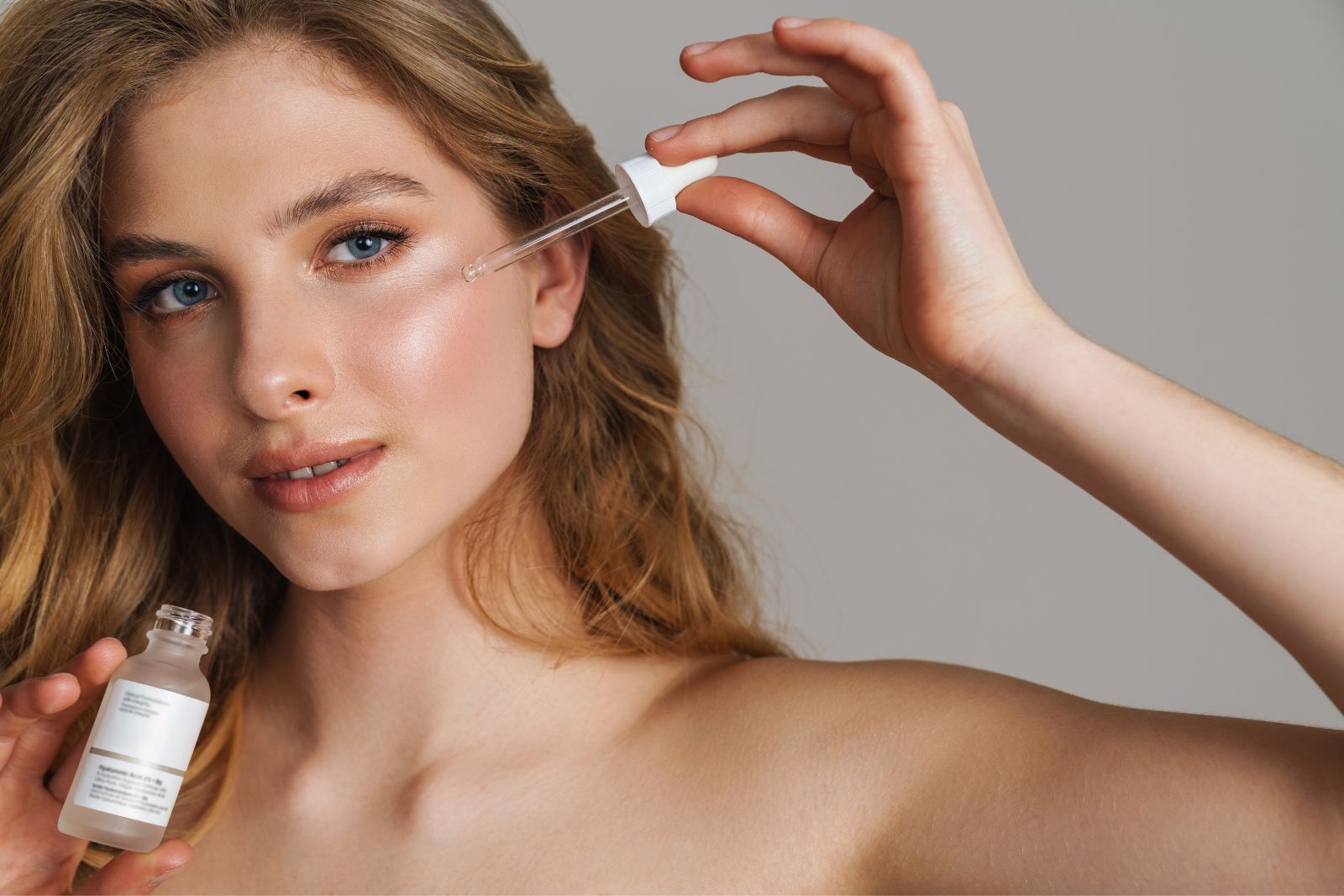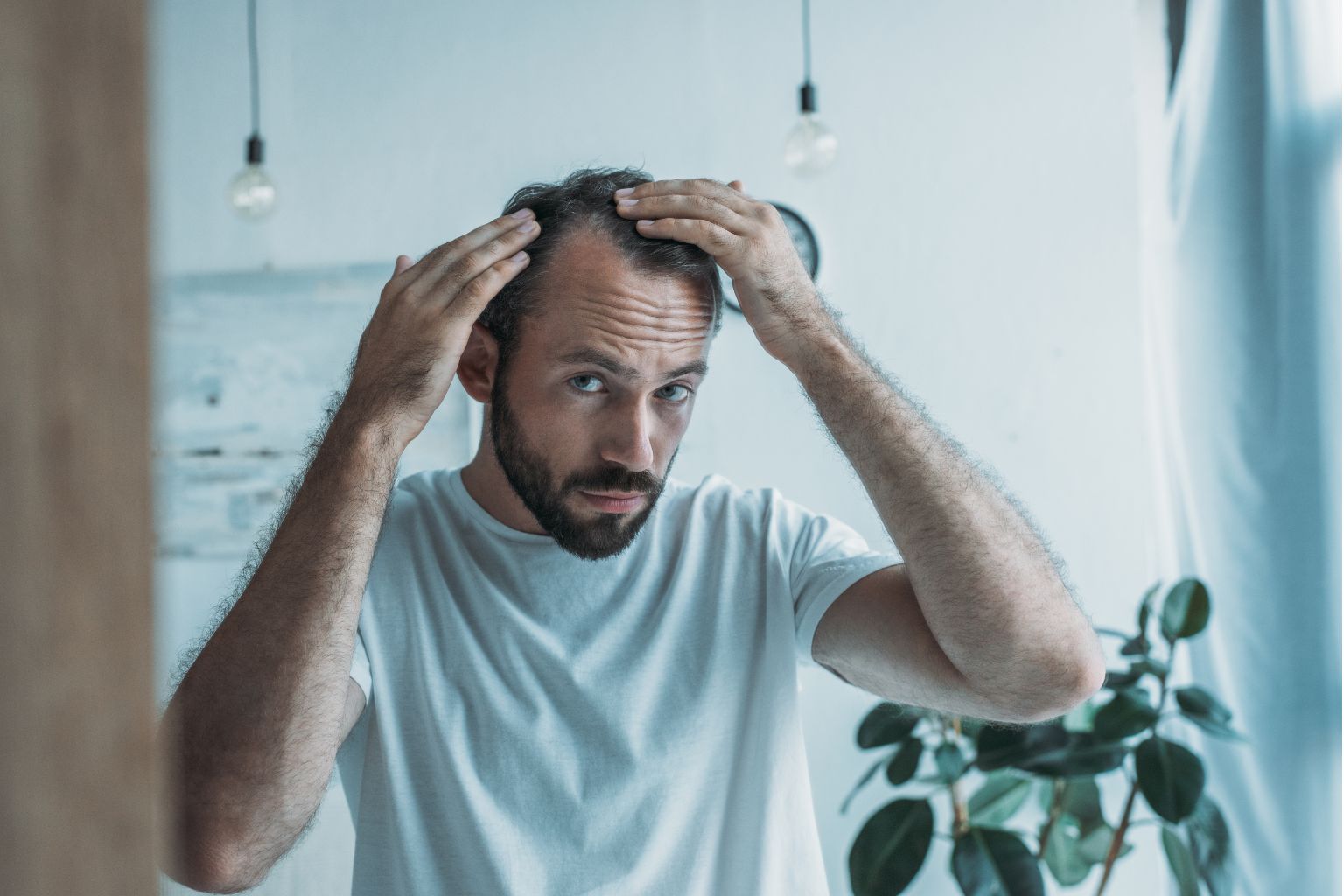When it comes to sunscreen, many people think that it simply works by blocking out the sun’s harmful rays. However, there is actually a lot more to it than that. In order to understand how sunscreen works, it is first important to understand a bit about the sun’s rays. The sun emits ultraviolet radiation, which is divided into two types: UVA and UVB. UVA rays are longer in wavelength and can penetrate deep into the skin, especially if you are not wearing sun-protective clothing, while UVB rays are shorter in wavelength and tend to only affect the outer layer of skin. Both types of UV radiation can cause skin damage, including premature aging and cancer.
Types of sunscreen
Sunscreen is important for protecting your skin from the sun’s harmful ultraviolet (UV) rays. But with so many different types of sunscreen on the market, it can be hard to know which one to choose. Here’s a breakdown of the most common types of sunscreen and how they work.
Broad-spectrum sunscreen
Broad-spectrum sunscreens protect against both UVA and UVB rays. UVA rays are the main cause of premature aging and wrinkles, while UVB rays are the main cause of sunburn. Broad-spectrum sunscreens are the best choice for people who are spending time outdoors, as they provide the most comprehensive protection. 
Chemical sunscreen
Chemical sunscreens absorb UV rays and convert them into heat, which is then released from the skin. Chemical sunscreens are typically lighter in texture and easier to spread on the skin than physical sunscreens. They are a good choice for people with sensitive skin, as they are less likely to cause irritation. However, some people may be sensitive to the ingredients in chemical sunscreens, so it is important to test a small area of skin before applying it to the entire body.
Physical sunscreen
Physical sunscreens reflect UV rays away from the skin. They are usually thicker in texture and can be more difficult to spread on the skin than chemical sunscreens. Physical sunscreens are a good choice for people who are spending time outdoors, as they provide the most comprehensive protection. However, some people may find that physical sunscreens cause irritation or a stinging sensation when they are first applied.
Mineral sunscreen
Mineral sunscreens work by reflecting ultraviolet rays away from the skin. They are typically made with zinc oxide or titanium dioxide, which are natural minerals that are safe for the skin. Mineral sunscreens are a good choice for people with sensitive skin, as they are less likely to cause allergic reactions. Sheer Oil Free Sunscreen SPF 50 is exactly the type of sunscreen people with sensitive skin need if they want to benefit from maximum protection against UV rays while protecting their skin from harsh chemical ingredients.
Sunscreen for children
There are special sunscreens available for children that are designed to be gentle on their skin. These sunscreens typically have a lower SPF than sunscreens for adults, as children’s skin is more sensitive to the sun. It is important to choose a sunscreen that is water-resistant and has a high SPF in order to provide the best protection for your child. 
The active ingredients in sunscreen
There are a few different active ingredients in sunscreen.
Oxybenzone
The most common is oxybenzone, which is a chemical that absorbs UV light. When applied to the skin, the absorbed light converts it into heat, which is then dissipated from the body. Oxybenzone is effective at absorbing both UVA and UVB radiation. Oxybenzone was first synthesized in 1936, but it was not until 1962 that its UV-absorbing properties were discovered. Since then, it has been used in a variety of products, including sunscreens, lip balms, and makeup. Oxybenzone is one of the most commonly used UV filters in sunscreen products.
Avobenzone
Another common ingredient is avobenzone. It works by absorbing UV light and then releasing that energy as heat. In other words, it absorbs the UV rays before they can damage your skin cells. But avobenzone isn’t just any old UV absorber. It’s what’s known as a “broad-spectrum” sunscreen, meaning it can protect your skin from both UVA and UVB rays.
Octinoxate
Octinoxate is another ingredient that helps to absorb UV light. It’s a common ingredient in sunscreen products because it is less likely to irritate skin than other UV absorbers. When applied to the skin, octinoxate absorbs ultraviolet B (UVB) rays from the sun before they can damage the skin. It helps protect against sunburn and premature aging of the skin. Octinoxate is one of the most common active ingredients in sunscreen products and is often used in combination with other UV filters.
Titanium dioxide

Some sunscreens also contain titanium dioxide, a physical sunscreen reflecting UV light. Titanium dioxide is a white pigment commonly used in sunscreen. It works by reflecting and scattering ultraviolet light. Titanium dioxide is safe for use on the skin and has been approved by the FDA for use in sunscreen. It is important to remember that titanium dioxide does not provide protection against all types of UV rays, so you should choose a sunscreen that provides both UVA and UVB protection.
Ecamsule
Ecamsule is a sunscreen ingredient that offers protection against both UVA and UVB rays. It’s a man-made version of a compound that’s found naturally in Mexico yarrow plants. Ecamsule has been used in Europe since 1993 and was approved for use in the United States in 1997 and it works by absorbing UV light.
Zinc oxide
Finally, there is zinc oxide. Zinc oxide is a compound used in many different cosmetic products, including sunscreen. When used in sunscreen, it acts as a physical barrier to the sun’s rays. It works by reflecting and scattering the ultraviolet (UV) radiation away from the skin. Zinc oxide is considered to be a safe and effective ingredient in sunscreen and has been used for centuries. You can find it as the main ingredient in Aesthetic’s MedSpa Daily Sunscreen SPF 50 (tinted), a product that provides broad-spectrum protection while hydrating and promoting an even skin tone. All of these ingredients work together to help protect your skin from the sun’s harmful rays, reduce UV damage, and minimize the risk of skin cancer. The Environmental Working Group has published ratings of the most popular sunscreens available in America. They have found that some sunscreens are better at absorbing UV light than others. The key is to find a sunscreen with a high SPF that also has a low rating from the Environmental Working Group. A good sunscreen will have an SPF of 30 or higher and contain titanium dioxide, zinc oxide, avobenzone, or ecamsule.
What is SPF

SPF, or Sun Protection Factor, is a measure of the level of protection provided by sunscreens. The higher the SPF, the more protection the sunscreen will provide. The SPF rating is the amount of UVB rays that hit the skin when you apply sunscreen, so an SPF 30 means that about 30% of UVB rays are absorbed by the sunscreen. But it also takes into account how much skin is covered with sunscreen. SPF is not a measure of how long you can stay in the sun without getting sunburned. It’s important to remember that no sunscreen can completely block all UV rays, so you’ll need to reapply it regularly, even if you’re not in the sun for very long. The amount of time it takes for your skin to burn without sunscreen is determined by your skin type. People with fair skin usually burn in less than 10 minutes, while people with dark skin may not burn for up to an hour. When choosing a sunscreen, it’s important to look for one that offers broad-spectrum protection, which means it will protect your skin from both UVA and UVB rays. You should also look for sunscreen with an SPF of at least 30, which will provide enough protection for most people. If you have fair skin or are planning to be in the sun for a long period of time, you may want to use sunscreen with an SPF of 50 or higher for maximum protection. SPF is important because UV rays can cause skin cancer, premature skinaging, and other damage to your skin. Wearing sunscreen with a high SPF can help protect you from these risks.
How sunscreen protects your skin
When you put on sunscreen, you’re not only protecting your skin from the sun’s harmful ultraviolet (UV) rays – you’re also helping to prevent wrinkles and skin cancer. But how does sunscreen work? Let’s start with the basics. Sunscreen is a lotion, spray, gel, or other product that you put on your skin to protect it from the sun’s UV rays. There are two types of UV rays: UVA and UVB. UVA rays are the ones that cause premature aging of the skin. UVB rays are the ones that cause sunburn. Both types of UV rays can cause skin cancer. Sunscreen works by absorbing, reflecting, or scattering the sun’s rays. Some sunscreens have chemicals that absorb UV rays. Others have minerals that reflect or scatter the rays. The best sunscreens have a combination of both. The most important thing is to use sunscreen that has an SPF (sun protection factor) of 30 or higher.
How to apply sunscreen correctly
The best way to use sunscreen is to put it on 30 minutes before you go outside. This way, it has time to absorb into your skin. Applying sunscreen might seem like a no-brainer, but there’s a right way and a wrong way to do it. Make sure you’re applying sunscreen correctly by following these tips: Choose a sunscreen with an SPF of 30 or higher. SPF, or sun protection factor, is a measure of how well a sunscreen will protect your skin from the sun’s harmful ultraviolet (UV) rays. The higher the SPF, the better. Next, apply sunscreen generously to all exposed skin. Most people only apply 25-50% of the recommended amount of sunscreen, which decreases its effectiveness. Be sure to cover often-forgotten spots like your ears, feet, and neck. Reapply your sunscreen every two hours or more often if you’re swimming or sweating. Here are some tips for getting the most out of your sunscreen:
- Apply sunscreen to all exposed skin, including the face, neck, ears, and hands.
- Be sure to use enough sunscreen to cover all exposed areas; a general rule of thumb is to use about 1 ounce (2 tablespoons) for an adult.
- Reapply sunscreen every two hours or more frequently if you’re sweating or swimming.
- Use broad-spectrum sunscreen with an SPF of 30 or higher.
- Avoid sun exposure between 10 am and 4 pm when the sun’s rays are at their strongest.

Conclusion: The benefits of using sunscreen
There are countless benefits to using sunscreen. For one, sunscreen can help prevent wrinkles. The sun’s UV rays can damage the collagen in your skin, leading to wrinkles and sagging skin. By using sunscreen, you can help keep your skin looking young and healthy. Another benefit of sunscreen is that it can help prevent brown spots and other types of sun damage. Brown spots are caused by the sun’s UV rays damaging the melanin in your skin. Melanin is what gives your skin its color. When it’s damaged, it can cause brown spots to form. Sunscreen can also help prevent skin cancer. The sun’s UV rays can damage the DNA in your skin cells, which can lead to skin cancer. By using sunscreen, you can help protect your skin from the sun’s harmful rays.




